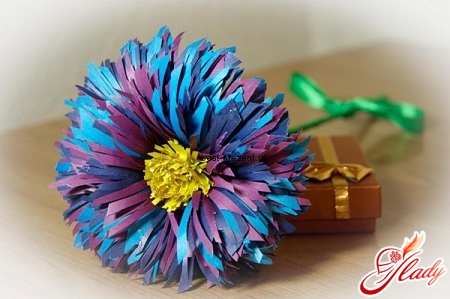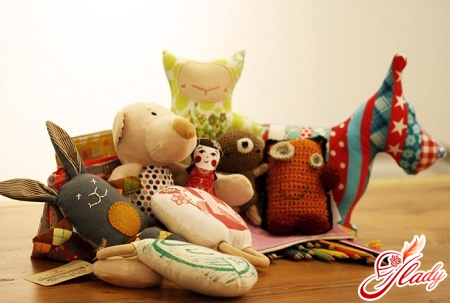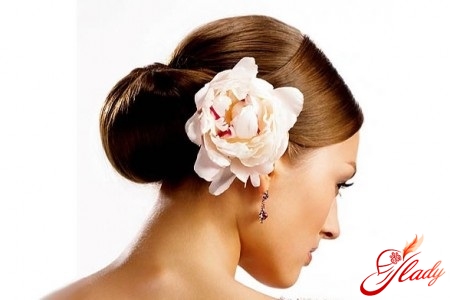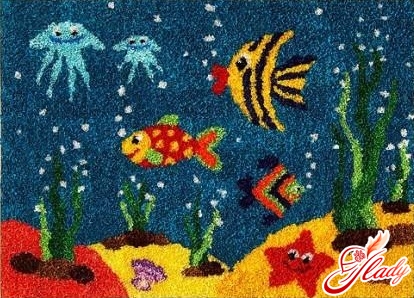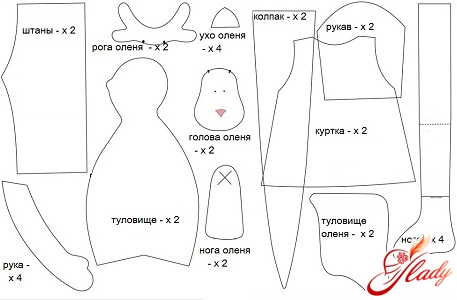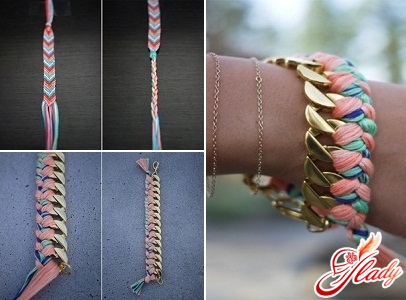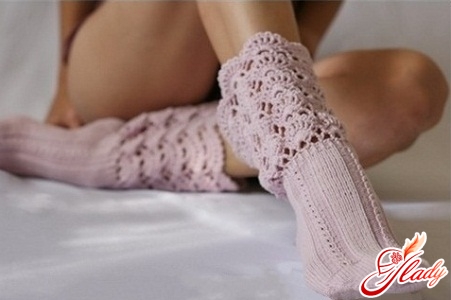 How can I tie socks? This question, by no means idle, despite the fact that knitting socks is the so-called "classic of the genre." Probably, socks and stockings were the first items of clothing that people began to knit. And maybe it was for the sake of socks and stockings that knitting was invented? No wonder the simplest kind of knitting is called hosiery knitting. But let's not go into the historical details, but rather consider the classic version of knitting socks. So, how to knit socks with knitting needles? For this we need yarn (best wool or down) and special stocking knitting needles (a set of five pieces). Before we start to work, we will calculate the size of the product and the density of knitting. How to do it? To calculate the density, we knit a control sample about ten by ten (or even five by five) centimeters. And then consider how many loops and rows fit in one centimeter. After that, measure the ankle volume and multiply it by the number of loops in cm. It is this number of loops that will be needed to get started.
How can I tie socks? This question, by no means idle, despite the fact that knitting socks is the so-called "classic of the genre." Probably, socks and stockings were the first items of clothing that people began to knit. And maybe it was for the sake of socks and stockings that knitting was invented? No wonder the simplest kind of knitting is called hosiery knitting. But let's not go into the historical details, but rather consider the classic version of knitting socks. So, how to knit socks with knitting needles? For this we need yarn (best wool or down) and special stocking knitting needles (a set of five pieces). Before we start to work, we will calculate the size of the product and the density of knitting. How to do it? To calculate the density, we knit a control sample about ten by ten (or even five by five) centimeters. And then consider how many loops and rows fit in one centimeter. After that, measure the ankle volume and multiply it by the number of loops in cm. It is this number of loops that will be needed to get started.
Knitting the top of the sock
We type the desired number of loops, distributing themequally four spokes (the fifth - working) and proceed to unfasten the cuff (gum). The cuff of the sock is knitted with an elastic band (two by two or one by one) in a circle. Having pierced the first row, we loop the loop into a ring. To do this, move the last (fourth) spoke to the first and begin to knit the second row from the very first edge loop. The elastic band can be used to make the entire cuff or only its upper part. The height of the nose cuff can be different, but, as a rule, it should not exceed the length of the foot. Having connected the top part of a sock of the necessary length, we start to untie a heel.
Crochet heel knitting
The loops on the second and third spokes for the heel are notwill be needed. We continue to work only on two spokes (the first and fourth). The heel of the sock consists of two parts, a back and a sole. Back of the heel knit with a simple cloth with edge loops: front rows, purl rows. The height of the back is from three to six centimeters, depending on the size of the sock. Next, we form the heel, moving to the unbundling of the plantar part. For this, we divide the loops into three equal parts and distribute them into three spokes. If the number of loops is not divisible by exactly three, then the middle part is wider (we leave the extra loops in the middle). Next, we sew a row on one of the outer spokes and the hinges of the middle part (hosiery). The first loop of the next extreme knitting is knitted together with the last loop of the middle part (the two together). Turn knitting, remove the first loop as edge and again - the middle row together with the first loop of the extreme knitting needle. Thus, we sew the entire middle part, alternately grasping the loops of the outer spokes, until all the knitting is left on one knitting needle. As a result, we get a rounded heel, consisting of a back and a sole. Next, we recruit air loops from the edge loops of the back. The number of loops is calculated as follows: for every four rows of the backdrop, three loops should be scored (this is the classical ratio). Distribute the typed loops and loops of the central part of the heel to two spokes and continue knitting in a circle already on all four spokes. 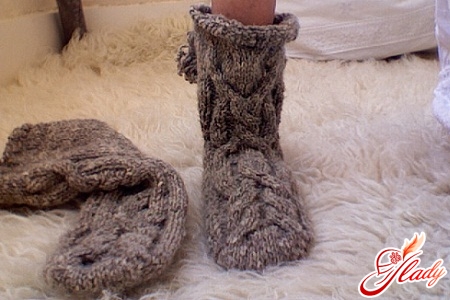
Knitting of the feet
After we collect all the loops on fourknitting needles, their number will be more than at the very beginning of knitting (sang, calculated by the volume of the ankle). This is normal. Excess loops just form the wedges of lifting the foot - the widest part of the sock. In order for the sock to have the appropriate shape and tightly wrap around the leg, at the next stage of knitting in a circle, the loops need to be gradually reduced. To do this, first we bind a pair of rows on all the spokes. Then in the next row on the first spoke, the second and third loop of the first knitting needle is tied together with the front knuckle with the slope to the right, the last one - just the front one. On the fourth spoke - the first facial, the next two - together facial with a slant to the left. In this way, we loosen the loops in each third row, until all the spokes have the original number of loops (as before the heel of the heel is started).
Knitting the sock from lifting to toe
Next, we knit the sock in a circle with the front face onthe desired length of the foot (before the beginning of the toes). The cape is knitted round and short or elongated, depending on the shape of the foot and the length of the toes (on children's socks, the toe is usually more rounded). To form a toe and complete the knitting, we start to loosen the loops at the end of the sock. To correctly calculate the beginning of the toe, we try on an unconnected sock. If he already reaches the beginning of the little finger, then we start knitting the toe. It can be made smooth, gradually reducing the loops at the end of each knitting needle, or embossed. The relief decrease of the toe's loops is made symmetrically on the sides of the foot. To do this, we sew two loops together, two face loops, two loops together with a pull. Two such depressions are done through the series, and then in each row. The last five or six loops are closed by one row.
Helpful Tips
Knowing how to tie socks on 5 spokes, you can notonly "fully armed" to meet the cold winter, but also to give their loved ones such soft, warm and always necessary hand-knitted socks. It is well known that everything hand-made has not only an individuality and special energy, but also preserves the warmth of the hands of the master. And this means that even such a prosaic garment as socks can become an expensive and desirable gift. We advise you to read:




